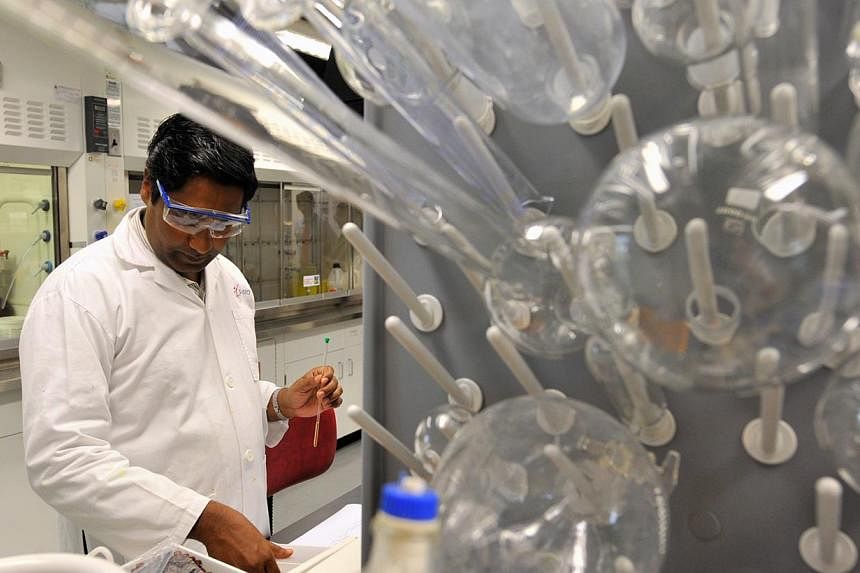Singapore scientists have helped to shed more light on the way the human body heals itself.
They have discovered a third, previously unknown biological process that comes into play when a person is wounded.
The discovery could lead to more effective drugs and gels to heal cuts, burns and other injuries - especially in vulnerable people such as the elderly or diabetics, whose wounds typically take longer to recover.
The National University of Singapore (NUS) team worked with scientists from France, Spain and Canada on research published in scientific journal Nature Physics' online edition this month.
Scientists have long known that two processes in the body help to heal wounds.
When a person is injured, proteins form a ring around the wound's edges and tighten, closing the wound like the drawstrings of a purse.
In another process called "cell crawling", cells migrate across the gap caused by the wound to close and heal it.
To better understand these two processes, the scientists carried out two types of experiments using dog kidney cells, which are a common substitute for human cells in research.
In one set of tests, the scientists put a layer of the cells over a gel with microbeads, then used a laser to wound the cell layer.
When the biological processes kicked in to heal the wound, the scientists measured the forces at play by seeing how the cells' movement deformed their underlying gel support.
The other set of experiments involved spreading the cells over a field of tiny micropillars, and measuring how the cells bent the pillars when they moved to heal a wound. "We wanted to have two sets of tests to verify the results, and the findings were similar," said Professor Benoit Ladoux, a principal investigator at the NUS Mechanobiology Institute.
But the scientists also discovered a third process. When the ring of proteins tightened to close the wound, it also pulled on the underlying gel.
This means that in people, the layers under the skin also play a part in repairing wounds.
The team found through additional tests that the gel's stiffness could change the way the cells moved to close the wound.
"This might be one reason that elderly people's wounds heal more slowly, because their tissue under the skin appears softer," said Prof Ladoux.
The scientists are currently testing their findings on human cell lines.

